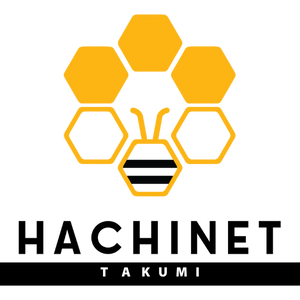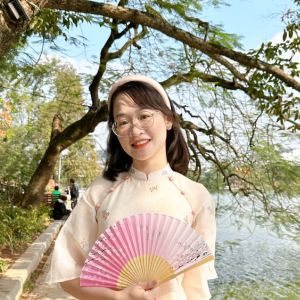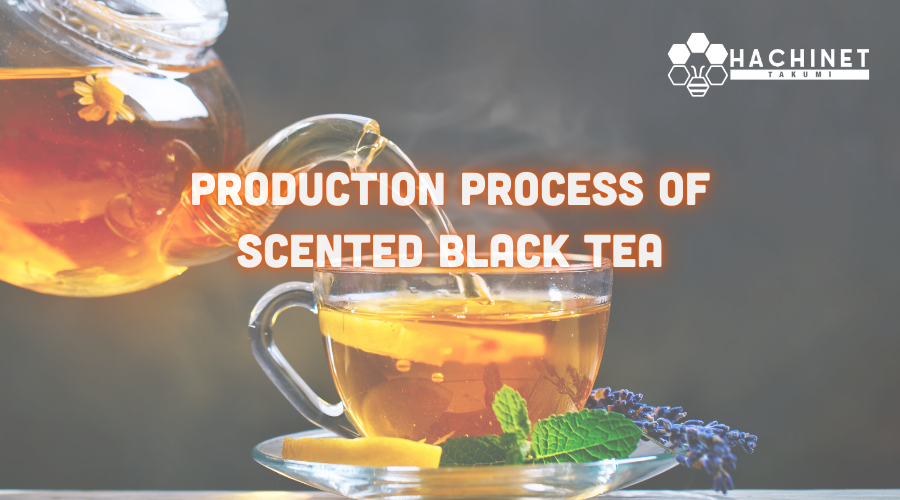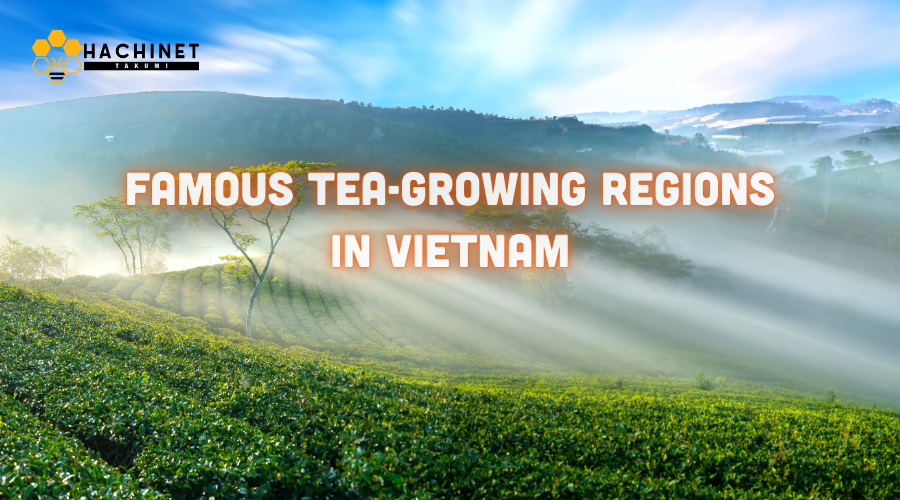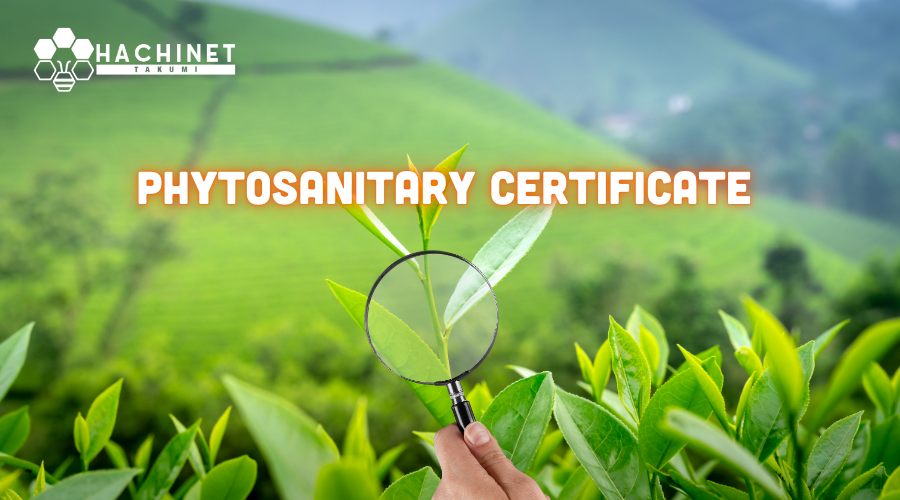Delve into Vietnamese tea: Uncover tasty brews and export prospects.

Vietnam has long been famous for its sprawling green tea hills, where delicious and quintessential teas are produced. Each type of tea has its own unique flavor, conquering the tastes of both domestic and international visitors. This article will guide you to discover the best types of tea in Vietnam, learn about the unique flavors, production techniques and export potential of each type.
1. Shan Tuyet Tea - The elegant queen:
Famous for its elegant, delicate aroma, characteristic mild astringent taste and deep sweet aftertaste. To get the perfect flavor, Shan Tuyet tea is picked by hand early in the morning when the dew is still on the leaves. Then, go through the process of light wilting, drying on a cast iron pan and meticulously sifting. International market demand for Shan Tuyet tea is high, especially in markets such as Japan, Korea, and Europe. However, export output is still limited due to limited Shan Tuyet tea output and meticulous manual harvesting process.
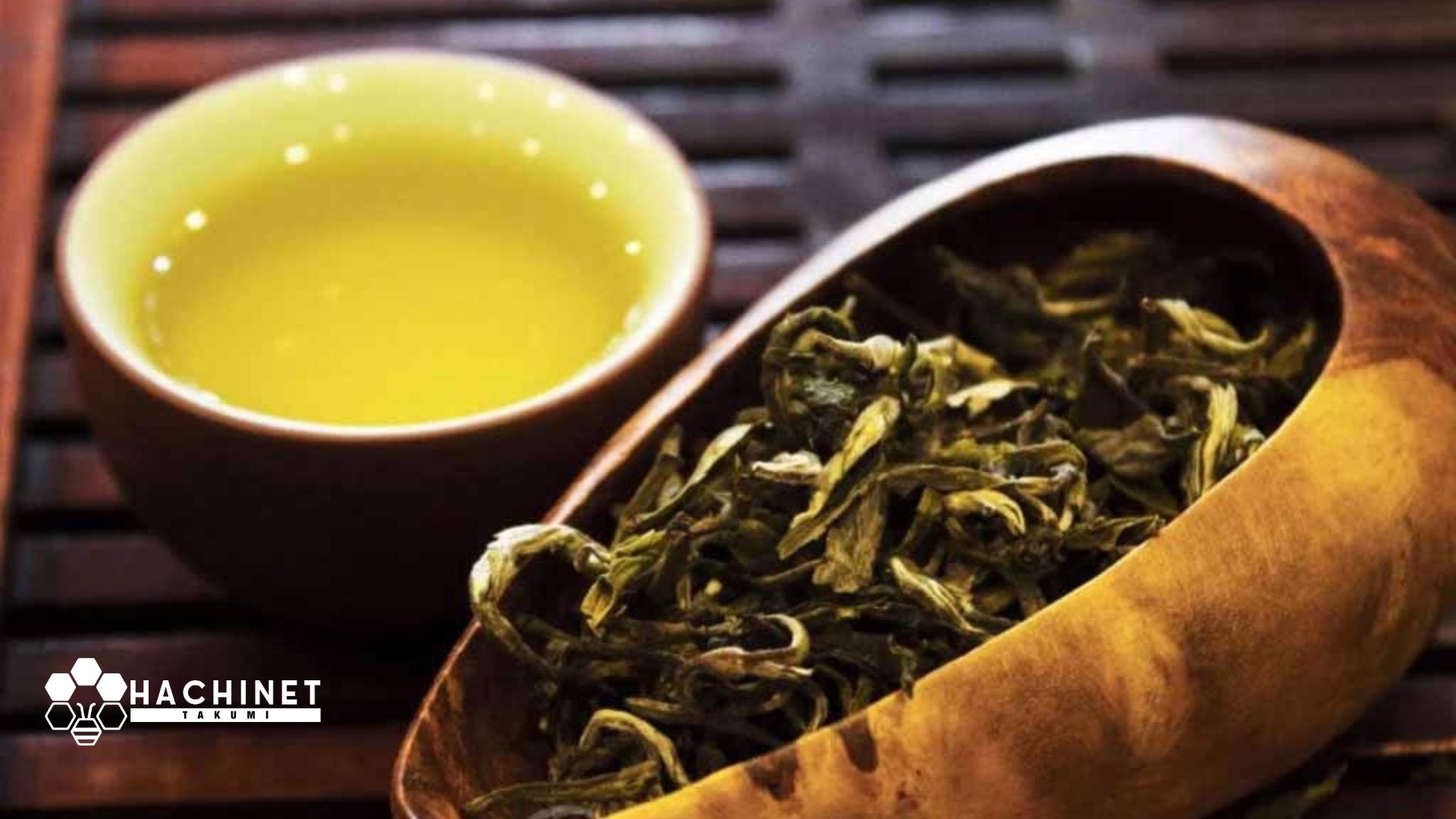
San Tuyet tea is famous for its elegant, delicate flavor, bearing the mark of nature, high nutritional content, good for health and limited output, sophisticated manual production process, creating high prices, unique.
2. Thai Nguyen Tea - Irresistible rich taste:
With a rich flavor and deep sweet aftertaste, Thai Nguyen tea is considered a "symphony of flavors". Thai Nguyen tea is processed by many different methods such as green star, yellow star, black star, each type brings its own unique flavor. As one of the most exported teas in Vietnam, Thai Nguyen tea is popular for its unique flavor and reasonable price. The main export markets of Thai Nguyen tea are China, Russia, and Pakistan.
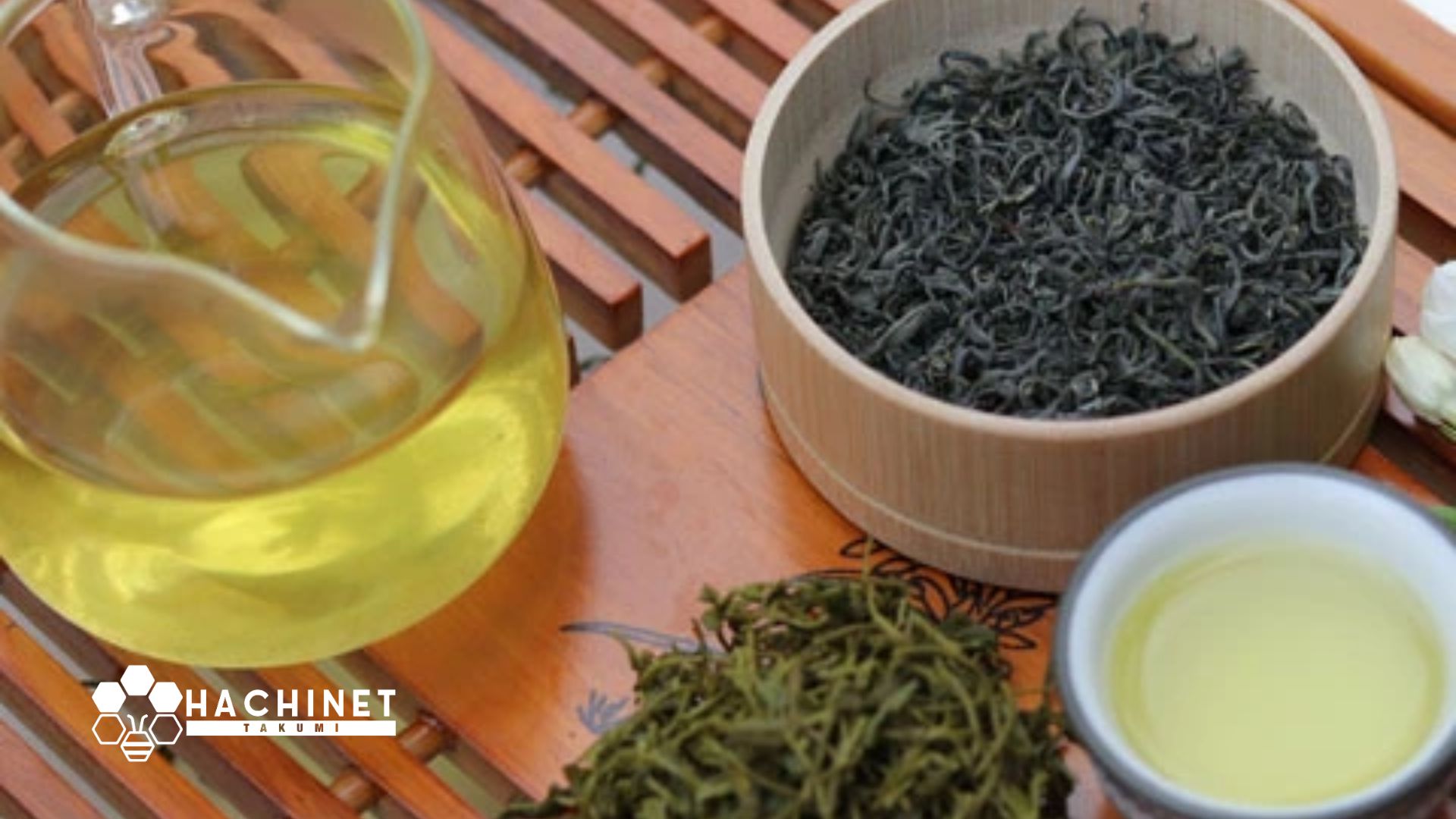
With diverse and rich flavors, meeting all tastes and reasonable prices, suitable for many audiences. Besides, Thai Nguyen tea production is abundant and easy to find and buy. All of the above makes Thai Nguyen tea occupy a quite high position in the hearts of tea lovers
3. Long Tich Tea - Rare "King's Tea":
Famous for its passionate aroma, sweet taste and long lasting sweet aftertaste, Long Tich tea is known as "king tea" because of its unique flavor and high value. To create a unique flavor, Long Tich tea is hand-picked from ancient tea trees, then goes through a process of slight wilting, manual browning in a cast iron pan and sifting many times. But the output of Long Tich tea is limited due to the elaborate manual production process and the small number of ancient tea trees remaining.
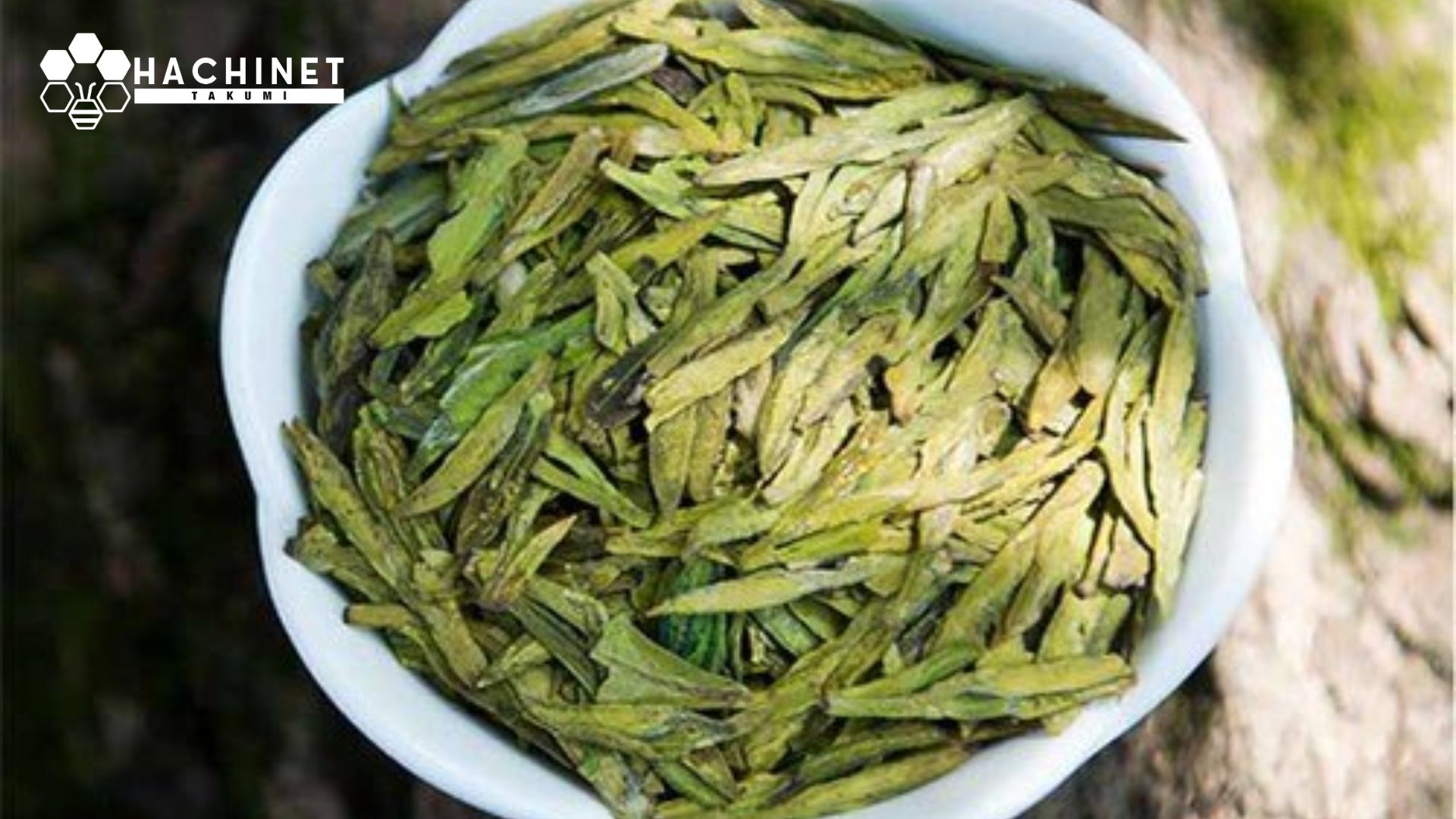
However, Long Tich tea is still favored by tea connoisseurs and is often exported to high-end markets such as Japan and Korea. The popularity of Long Tich tea comes from its unique, delicate, time-honored flavor, high nutritional content, good for health, limited output, and sophisticated manual production process with unique value.
4. Lotus Tea - Floral scent mixed with tea taste:
The product is a combination of the elegant flavor of green tea and the sweet scent of lotus, lotus tea brings a unique and sophisticated tea enjoyment experience. Lotus tea is made by brewing fresh lotus flowers with green tea, then drying and sifting into cups. International market demand for lotus tea is increasing, especially in Asian markets. However, lotus tea export output is limited because it depends on the lotus blooming season.
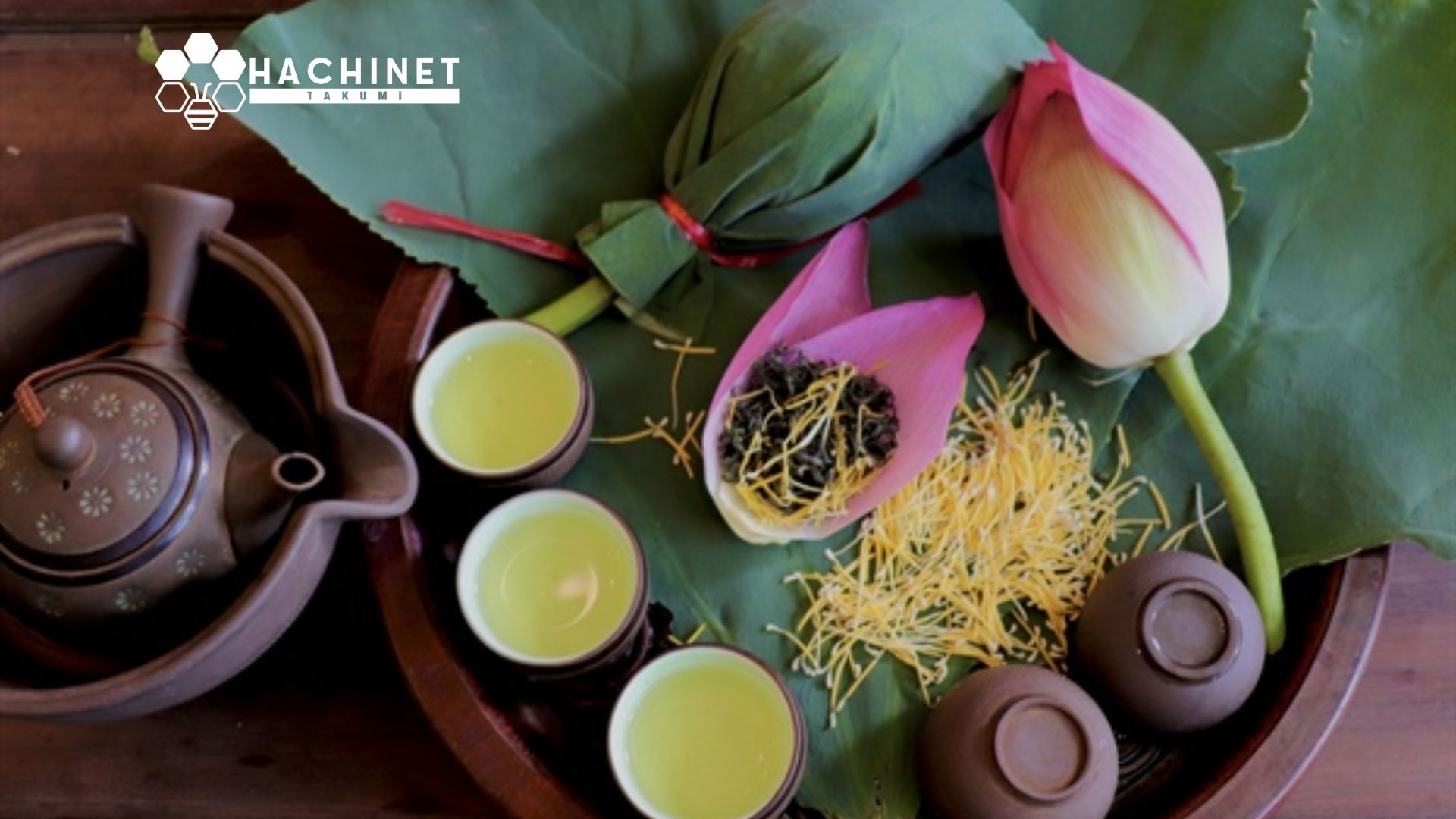
Based on the elegant, gentle flavor, imbued with traditional culture. Carrying high spiritual value, combining tea and lotus flowers - two precious cultural symbols of Vietnam. It is a unique product, unmatched in the international market. All of these things make this famous tea even more unique and unparalleled
Traditional Vietnamese teas are not only delicious drinks but also symbols of culture and delicate art of processing. The combination of tradition and modernity, along with guaranteed quality, has created great potential for exporting Vietnamese tea to the international market. This is not only an opportunity to introduce the unique flavor of Vietnamese tea but also an opportunity to promote economic development for tea growing areas, contributing to improving the lives of people here.
